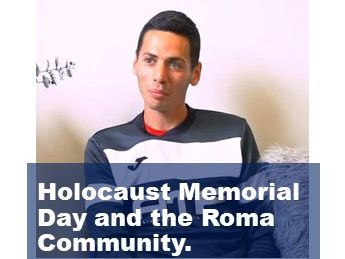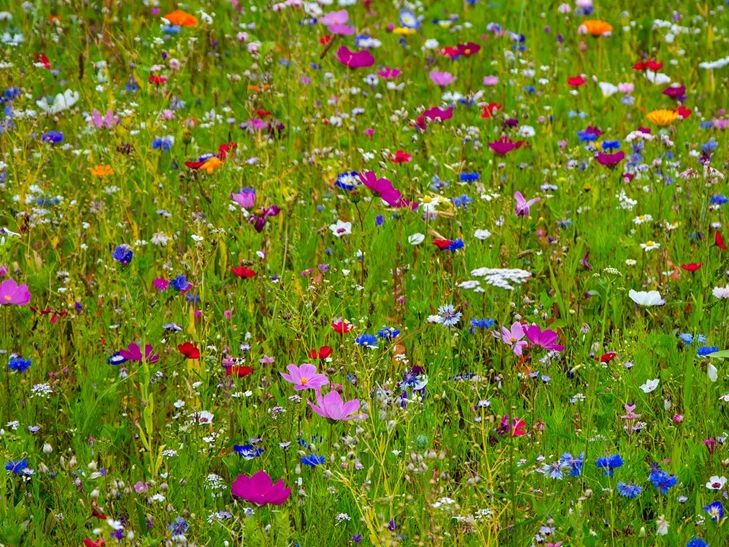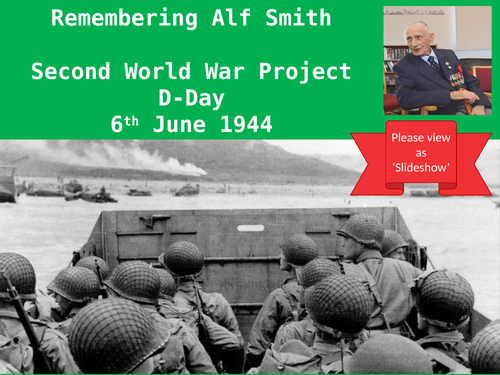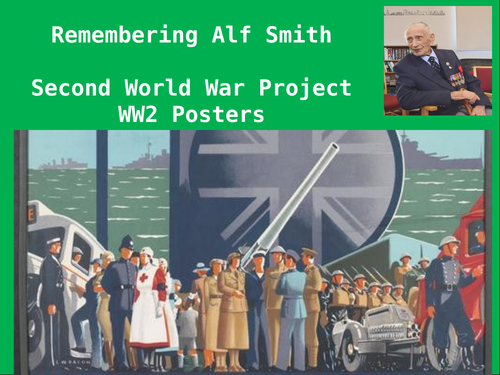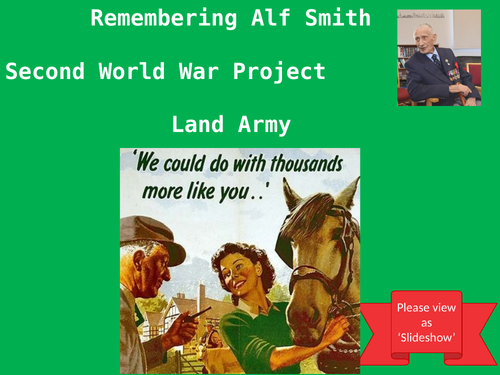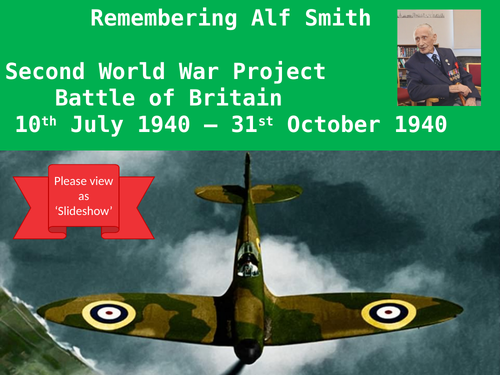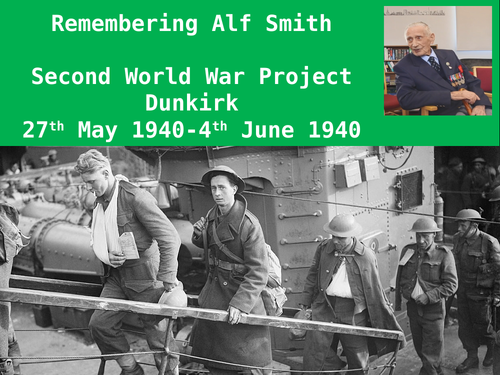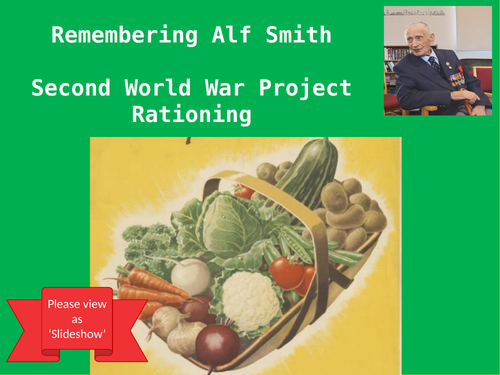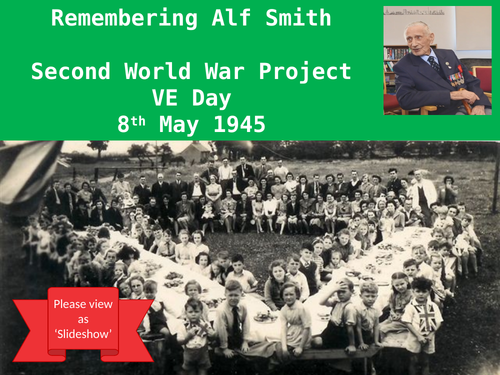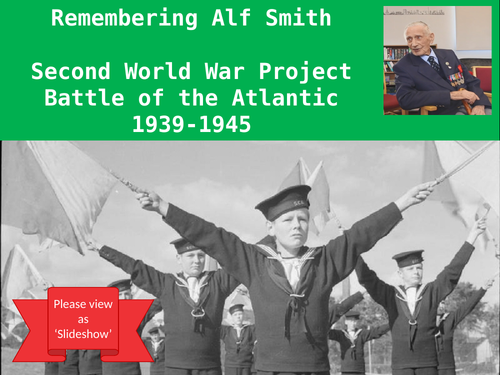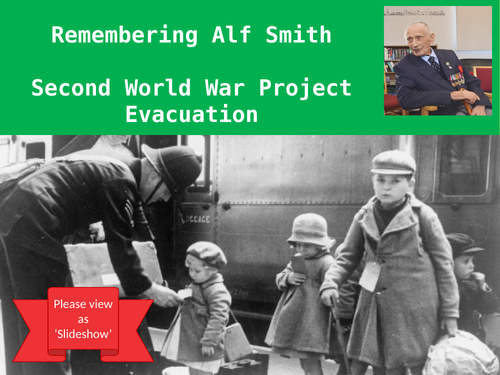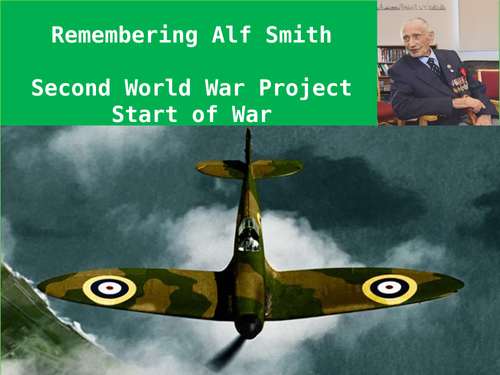16Uploads
6k+Views
7k+Downloads
All resources

D-Day80 from Thurrock Museum
How to use these resources:
If you need a recap of WW2, we recommend searching YouTube for quick videos suitable for children.
Share the PowerPoint with your class on your board
Print and hand out the ‘Real D-Day Stories’ for children to read
Ask the children to create artworks based on these stories
Next: Please scan and send the artworks to us. Contact details are included in the Teachers Notes.
Please include the name of your school and the age of the children.
For artworks to be judged, we ask that they are submitted before the 19th of April.
You can ask the children to put their first name on the front of the artwork OR include no names at all.
By sending us the artwork by **Friday 19th April 2024 **you will:
• Give us permission to share selected artworks in our D-Day 80 exhibitions:
o 10th May – 5th June 2024 at Grays Town Hall (Civic Center)
o 6th June 2024 at Tilbury Cruise Terminal at an event for local care homes
• Give us permission to send selected artworks for a special award. If an artwork from your class wins an award we will contact you via the email address you used to send us the artworks. If you choose post, please include contact details.
• Permission for artworks to be archived at Thurrock Museum.

Diversity Project: People Like Us
People Like Us celebrates the diversity of our communities. We’ll be using video interviews from people from around the World and UK who have settled here and become inspiring community heroes. We celebrate each story with a craft or creative activity - including mini-art works, clay, drama and creative writing.
There are six lessons (or more if you’d like to revisit someone more than once).
Rachele: Black, British, Windrush Generation, racism in the UK, loves art
Pete: Roma, Gypsy, Polish, boxer and sports coach
Jelena: Latvian, Cold War, end of USSR, life under communism, loves being outdoors
Alex: Black, British, Windrush Generation, Windrush Scandal, low income, runs a charity that connects kids to culture
Liam: Dual nationality, Irish, English, coped with illness, loves travel, history, cars and bowling
Cymba: Black, African, Zimbabwe, close to Nan, loves football
Each person’s story is told each lesson with three videos:
All About Me - early memories, childhood and history
CHOICE: children choose one of two videos where a significant moment is shared (including Moving to the UK). Demonstrations of growth mindset, resilience and British values.
Explore their spiritual, moral, social and cultural development as role models for us.
Making a difference - today and their charity or community work (except Liam who is recovering from serious illness, who has ‘Finding Happiness’ instead)
AND how this has increased their resilience and wellbeing.
This is a great PSHE pack or British Values pack.

Drugs and Gangs - Alex's Experience
Alex speaks openly and honestly about her experience with drugs and gangs. Her father’s involvement led directly to his death. After running away from home as a teenager Alex seemed to be following the same path, until she found another way. She threw herself into community work and now helps young people avoid joining gangs.
In this resource Alex tells her story. There are three videos:
Alex’s child hood and early life
Her father’s death and her involvement with drug dealing and gangs
Alex’s community work
There is also a factfile that answers some of the questions that students might ask. It also includes a suggested drama activity and discussion questions that could be explored.

Holocaust Memorial Day - Roma Family Memories
Meet Pete: He is from the Roma community and loves sport. In the first video he tells us about his life (today 2021) - growing up in Poland and doing what he loves: a professional boxer and sporting coach.
In the next video he shares what he knows about his great-grandmother (Majorka) There is an Auschwitz connection and we hear that her first husband was killed. Pete wants to find out more. Can we help him?
The document ‘Wartime Poland and the Roma Community’ includes researched facts from reputable sources (which are referenced). The green boxes are the memories of Pete’s Dad. Majorka was his grandmother and the two were close. She would often talk about the War, Holocaust and her experiences.
Majorka’s husband was sent to Auschwitz, where he was killed.
Facts are shared in an accurate and honest way with no graphic descriptions or imagery.
‘Pete’s Factfile’ can be used by teachers or students. It lists the main points made in the videos and includes questions to consider.
There are two suggested activities. One uses the ‘Wartime Poland and the Roma Community’ document and asks children to draw out the most important information to share with Pete. This can be just an exercise or scanned and sent to hello.bblearns@gmail.com
The other suggested activity is straight from:
https://www.hmd.org.uk/what-is-holocaust-memorial-day/this-years-theme/
A great website with amazing ideas and resources. In this pack we recommend a large artwork with the candle symbol that can be created by the whole class adding their hand prints.

Lesson After Lockdown March 2021
First day back? Use this lesson to help children process what has happened and start to look forward to the future.
The lesson starts with THE LOCKDOWN QUIZ. This checks in on their emotional wellbeing and acknowledges what has happened.
Next the class is asked to think of three questions and then INTERVIEW each other. Rebuilding friendships, engaging social skills and listening skills. This is a chance for children to share experiences and their worries. The classroom becomes a safe space where they can talk.
Finally, children will be engaged in their OWN LEARNING. Suggesting and voting for a class activity on the theme of ‘Finding something fun’. Children are challenged to analyse the benefits, solve potential problems and complete the planning themselves. Includes a TEMPLATE for ‘Making a plan that works’.

Blitz Kids WW2
Hear memories of the Blitz from children who were really there!
Supported by the National Lottery Heritage Fund charity Southend ATF combines our oral history project in care homes with our Second World War education project for children.
A complete lesson with tasks, activities with a bright and interesting PowerPoint presentation filled with memories recorded in 2020.

D-Day
All the essential facts to include when teaching about D-Day, two memories from Robbie and Joan, who remember seeing gliders and tanks - and the choice of three science/D&T D-day tasks to choose from.

Posters of WW2
Show your students a number of famous Second World War posters, tied together in a fast-paced lesson. Watch out for the memory challenge at the end - testing out which were the best and most memorable WW2 posters.

Land Army & Land Girls in WW2
Meet Robbie - a real life Land Girl during the Second World War. Hear her memories, take the quiz and get creative using the facts to design a poster, radio advert or leaflet.

Battle of Britain
A complete lesson which includes a video introduction, a set of fact files to give to children to discover the Battle of Britain for themselves AND three oral history interviews with REAL memories of the Battle.
For teachers and classes studying the Second World War.

Dunkirk
Dunkirk veteran Alf Smith, interviewed by school children, shares his memories as we explore the Dunkirk evacuation during the Second World War.

Rationing in WW2
An introduction to rationing highlighted by stories of real people who experienced it during the Second World War.

Home Learning VE DAY
For the 75th Anniversary of VE day - includes oral histories from people who were there!

Battle of the Atlantic WW2
The Battle of the Atlantic is essential for understanding why RATIONING was needed in the SECOND WORLD WAR. A great topic for understanding how the Allies supported Britain. Includes two ORAL HISTORIES from ladies who had brothers in the NAVY and MERCHANT NAVY.

Evacuation WW2
Includes an easy to understand introduction and four oral history memories from REAL evacuees from the Second World War.

Start of World War Two WW2
A PowerPoint about the start of War, including:
A leaflet sent to teachers about bombs that could drop on schools
An audio recording of Prime Minister declaring War
Types of shelter’s used
BRENDA’S STORY: short clip of Brenda’s memories of using the London Underground as a shelter and her brother being hurt in a bombing raid (he survives).
These resources are from ATF in Southend.
ATF is a registered charity that works with young people at risk of exclusion to provide a safe enviroment, increased opportunity and enhanced wellbeing. These resources are shared for free thanks to the National Lottery Heritage Fund.




